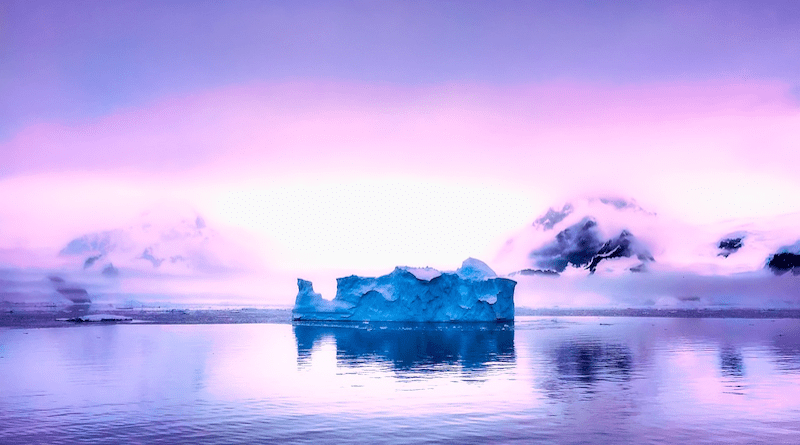What Caused The Record-Low Antarctic Sea Ice In Austral Summer 2022?
Antarctic sea ice is an important component of the climate system, and may act as an early indicator of climate change. Under global warming, significant changes in Antarctic sea ice have been observed. Specifically, it experienced a slow increase during 1979–2014, but a rapid decline thereafter.
Despite a modest recovery after the record minimum in 2017, the sea ice area during austral summer 2022 (December 2021 to February 2022) again hit a new record minimum, at 3.07 million km2, which is approximately a 25% reduction compared with its long-term mean during 1981–2010. The largest decline occurred in two regions: the central-eastern Ross Sea to western Amundsen Sea, and the eastern Bellingshausen Sea to the northern Weddell Sea.
This latest record low occurred just five years after the preceding record low in summer 2017, which is surprising and has raised concern about climate change in the Antarctic. In a paper recently published in Atmospheric and Oceanic Science Letters, Prof. Shuanglin Li from the Institute of Atmospheric Physics, Chinese Academy of Sciences, Beijing, China, and Dr. Chao Zhang from the China University of Geosciences, Wuhan, China, attempt to uncover the underlying mechanisms of this record-low sea ice area (see Figure).
“We found that the combination of stronger positive sea surface temperature anomalies in the Maritime Continent during July–September 2021 and the preceding near-strongest positive-phase Southern Annular Mode during August–October 2021 induced a deepened and southwestward-shifted Amundsen Sea Low, causing sea ice retreat via horizontal wind anomalies,” explains Prof. Li.
The former persisted into summer and favored the development of La Niña, which triggered an atmospheric wave train emanating from eastern Australia and propagating southeastward, deepening the Amundsen Sea Low remotely. The latter remained strongest or close to strongest due to the stratospheric cooling effect of unprecedented ozone reduction, which induced a deepened and southwestward-shifted Amundsen Sea Low.
“The unprecedented ozone reduction also played a role through the induced surface warming in the West Antarctic by increasing downward shortwave radiation. Additionally, positive feedback between sea surface temperatures, net shortwave radiation, and cloudiness, along with the Ekman heat transport, amplified the surfacing warming,” adds Prof. Li.

